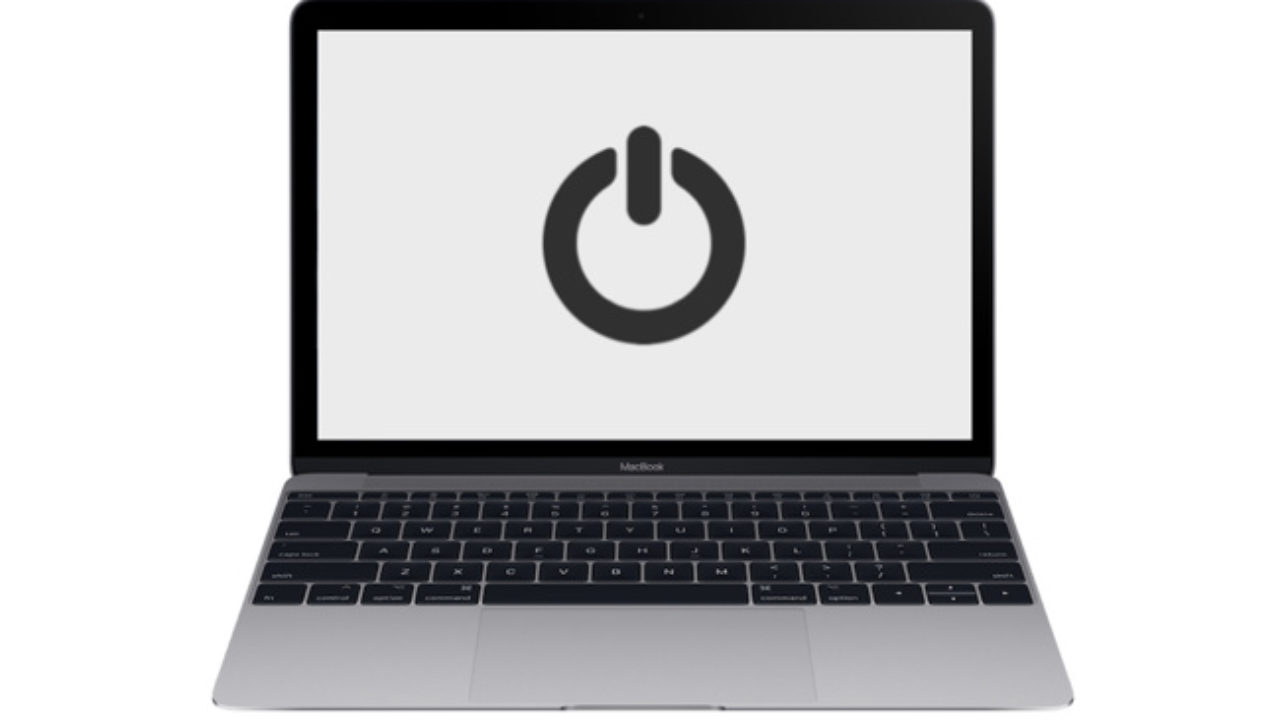

- LIKE REBOOT FOR MAC INSTALL
- LIKE REBOOT FOR MAC UPDATE
- LIKE REBOOT FOR MAC UPGRADE
- LIKE REBOOT FOR MAC SOFTWARE
- LIKE REBOOT FOR MAC CODE


However, double-check that your documents, photos, and personal information are all completely backed up before doing anything. It won’t resolve any hardware issues either, like a failing fan that causes your Mac to overheat and restart. The bad news is that your data may not survive. The good news is that this should fix any native MacOS problem that causes a kernel panic. In these cases, kernel panic is rooted deep in a native operating system problem and perhaps even tied to faulty hardware. Sometimes minor resets aren’t enough to fix the problem.

There’s a flaw in MacOS and you need to reinstall it Mark Coppock/Digital Trends If these resets solve your problem, your Mac should be good to go. There are a few different ways to do this based on your Mac model, so take a look at the specific instructions for each case. Second, reset your System Management Controller, or SMC. Hold these keys down for around 20 seconds. The easiest way to do this is to press the Option + Command + P + R keys simultaneously as your Mac turns back on. However, it can also fix your problem.įirst, reset your NVRAM or PRAM. This will revert any changes you’ve made, such as the screen or battery behavior. You can often fix this issue by resetting your Mac hardware settings. It may not even allow you to access anything beyond the login screen. When this happens, your Mac may try to reboot just as it’s loading up. Sometimes there isn’t anything intrinsically wrong with your Mac, but a recent change caused problems on startup that initiate a kernel panic. Reattach each peripheral one by one until you discover the repeat offender. If you can restart successfully and your Mac continues to operate without incident, then you know one of the peripherals is probably at fault. Simply remove everything attached to your Mac - including mice, keyboards, drives, and so on. It may cause kernel panic immediately on startup or within a few minutes after booting your Mac.įortunately, this is an easy problem to diagnose. Your peripheral devices are causing a malfunction Bill Roberson/Digital TrendsĪnother common cause of kernel panic is an accessory or peripheral that isn’t working properly.
LIKE REBOOT FOR MAC SOFTWARE
On the plus side, removing unneeded software is a good way to speed up your Mac. If removing the software fixes the problem, then avoid downloading that particular app until it’s updated by the developer. If this doesn’t work, try removing recent third-party software and restart.
LIKE REBOOT FOR MAC UPDATE
Manually update any third-party software, as sometimes that’s all you need to fix a problem. This doesn’t always tell the average user much, but sometimes the report shows the name of the software causing the problem so you know where to look. It’s especially true if recent software is causing the issue.įirst, look at the popup message and see if there’s a More Info button. This is called “kernel panic,” which presents a message upon restart that says, “Your computer was restarted because of a problem.” A kernel panic doesn’t always mean there’s something irrevocably wrong with your Mac, but it does mean you may need to make changes.
LIKE REBOOT FOR MAC CODE
The code makes a request that isn’t expected by the operating system and/or the underlying hardware, forcing MacOS to reboot and resolve the conflict.
LIKE REBOOT FOR MAC INSTALL
Sometimes, apps you install may cause problems.
LIKE REBOOT FOR MAC UPGRADE
If you can’t install the latest MacOS software because your Mac is just too old, then you should consider an upgrade for better performance and stability. You may need to restart several times if you are behind on updates - that’s okay! It’s just your Mac working through all the important software changes in sequence. The easiest way to fix these issues is to install all available updates that are compatible with your Mac. This confuses your Mac and can lead to repeated restarts. Sometimes a missed MacOS update or an update problem can cause issues with your Mac settings and the update process. Some manufacturers like Crucial have Mac-specific RAM that you can buy to ensure hardware stability, as incompatible memory can cause serious issues. Before you start in-depth troubleshooting, make sure your data is secure.Īlso, if you installed third-party RAM, make sure it’s compatible. Sometimes solutions require wiping your Mac or other measures that will lose any locally saved information. Note: If at all possible, try to back up your MacOS settings and valuable data on an external hard drive when you run into this constant startup problem. If restarting issues get bad enough, they can prevent you from using your MacBook entirely - finding a solution is definitely a top priority! Here are the common causes of looping restart issues, and what you should do to fix them. Is your Mac suddenly restarting for seemingly no reason? It’s incredibly frustrating to return to your Mac and see it mysteriously shut down and rebooted while you were out.


 0 kommentar(er)
0 kommentar(er)
